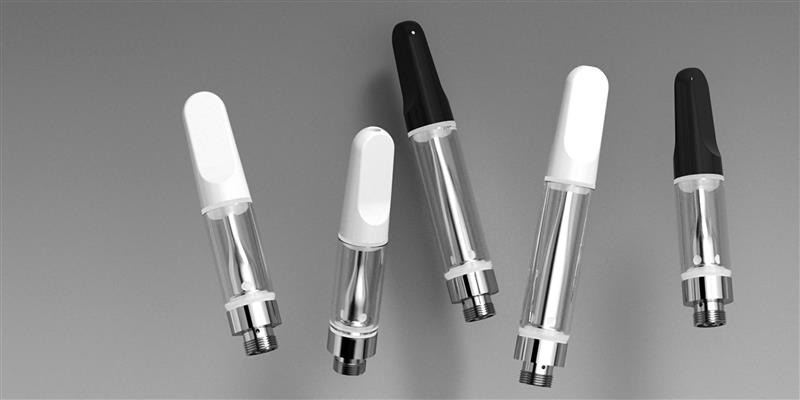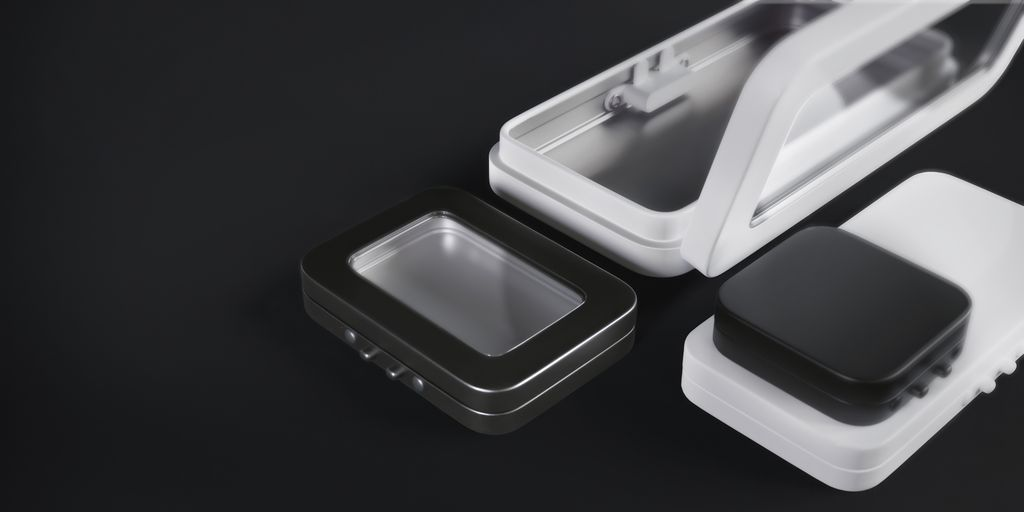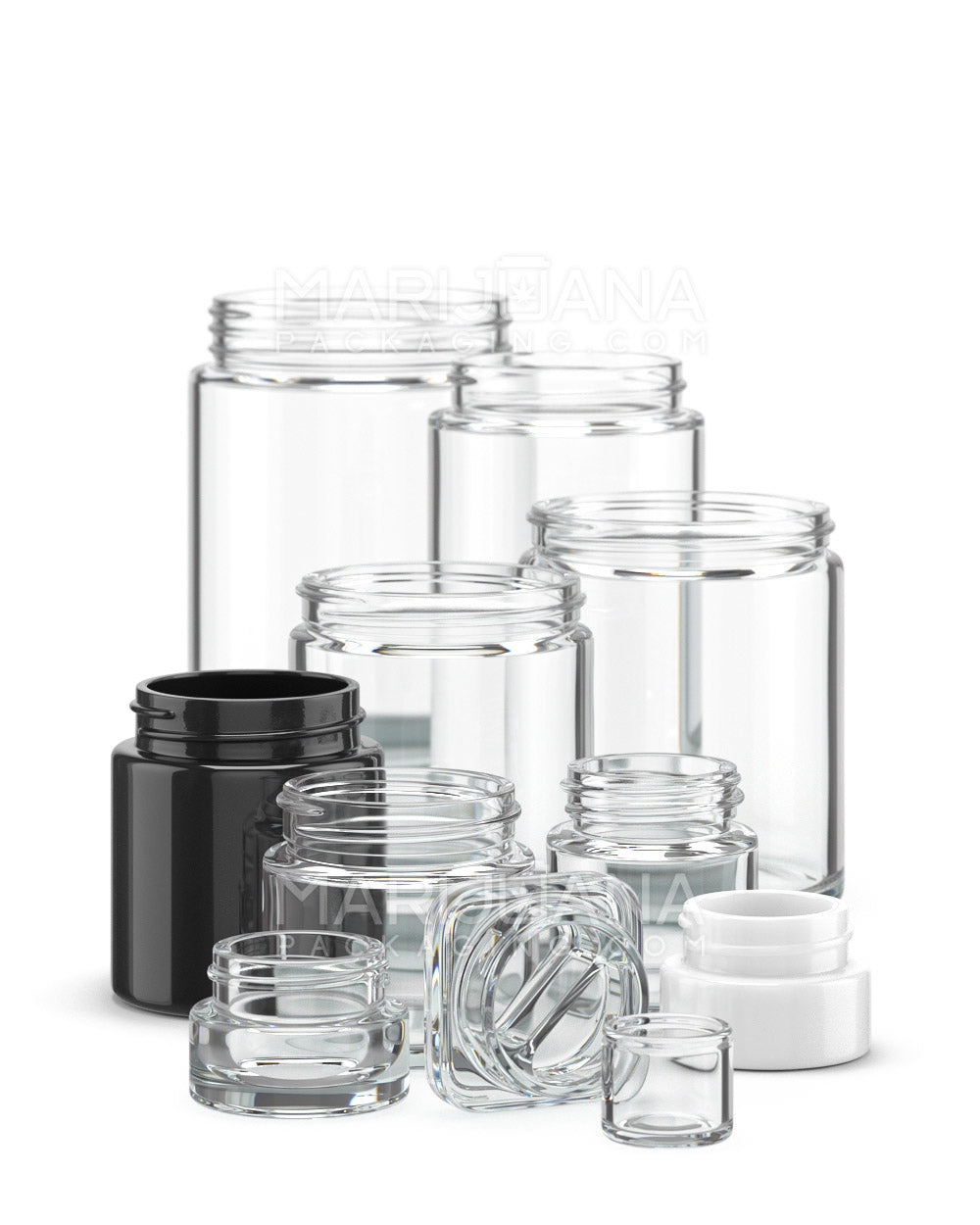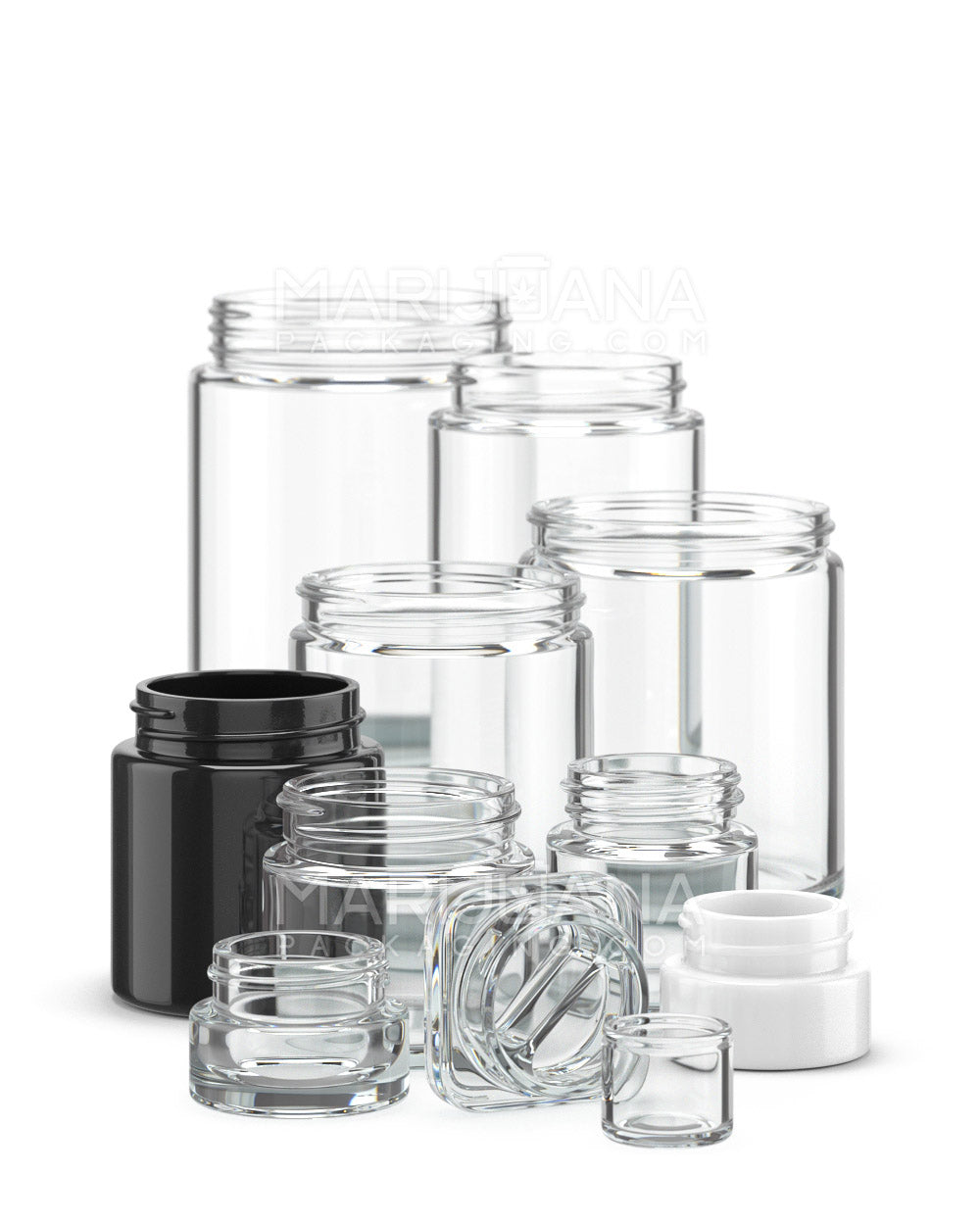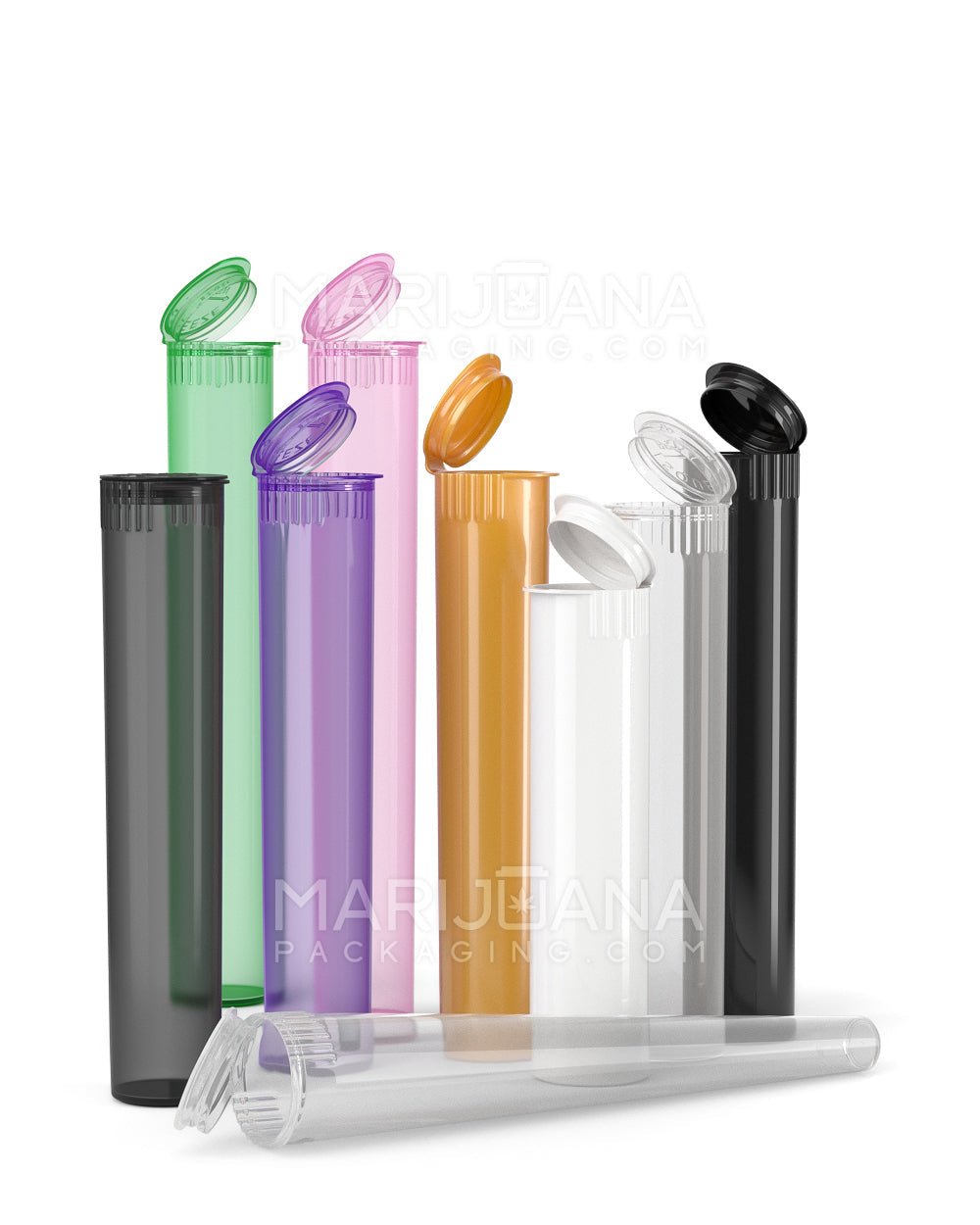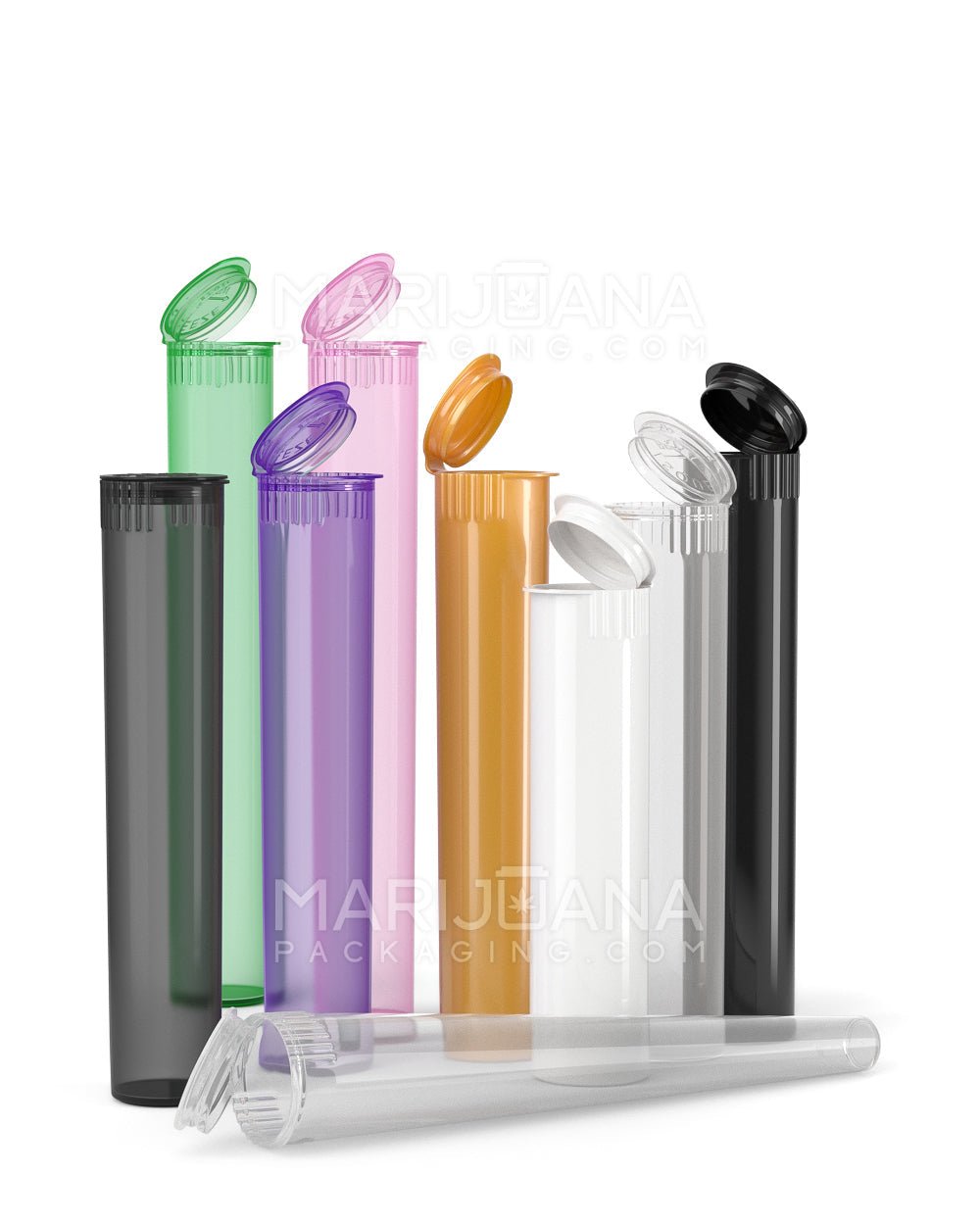Spotting powdery mildew on your marijuana plants is like finding a surprise snowstorm in your garden. This sneaky fungus can pop up unexpectedly and wreak havoc if not addressed promptly. Understanding what powdery mildew looks like and how to tackle it is crucial for any cannabis cultivator.
Today, we'll explore the world of powdery mildew, how it manifests on marijuana plants, and what steps you can take to protect your crop. From identifying the first signs to implementing preventative measures, we've got you covered. So, let's get started!
The Basics of Powdery Mildew
Powdery mildew is a fungal disease that affects a wide range of plants, including marijuana. It's known for its distinctive white, powdery appearance that can appear on leaves, stems, and buds. This fungus thrives in environments with high humidity and moderate temperatures, making indoor grows particularly vulnerable if not properly ventilated.
Powdery mildew can spread quickly, so it's essential to act at the first sign. It can reduce the plant's ability to photosynthesize, leading to stunted growth and poor bud quality. In severe cases, it can even kill the plant. But don't worry, there are ways to combat it effectively.
In the next sections, we'll delve deeper into how to recognize powdery mildew on your marijuana plants and what you can do to prevent and treat it.
Identifying Powdery Mildew on Marijuana
Recognizing powdery mildew early is your best bet for keeping it under control. The first signs often appear as small, white spots on the upper surfaces of the leaves. These spots can be easily mistaken for dust, so it's important to take a closer look if you notice anything unusual.
As the fungus progresses, these spots will spread, eventually covering large areas of the plant with a white or grayish powder. The mildew can also affect buds, which can be particularly damaging as it may render them unusable. If left unchecked, the leaves may begin to yellow and wither.
It's not just the appearance of the mildew that's concerning. If you notice your plants exhibiting signs of stress, such as drooping leaves or slowed growth, it might be worth inspecting for powdery mildew. The earlier you catch it, the easier it will be to manage.
Conditions That Encourage Powdery Mildew Growth
Understanding the conditions that allow powdery mildew to thrive can help you prevent it. This fungus loves environments with high humidity and poor air circulation. It also tends to flourish in moderate temperatures, typically between 68°F and 86°F (20°C to 30°C).
Plants that are densely spaced or have excessive foliage are more susceptible because they create a microclimate that is ideal for mildew growth. Overhead watering can contribute, as the water droplets can create a humid environment on the leaf surface.
- Humidity: Keep your grow area’s humidity below 60% whenever possible.
- Temperature: Maintain temperatures outside the ideal range for mildew.
- Airflow: Ensure good ventilation to prevent stagnant air.
- Plant Spacing: Give your plants room to breathe.
By managing these factors, you can make your growing environment less inviting to powdery mildew and other fungi.
Preventive Measures for Powdery Mildew
Prevention is always better than cure, especially when it comes to powdery mildew. There are several steps you can take to reduce the risk of infection in your marijuana plants.
Environmental Control
Maintaining the right environmental conditions is crucial. Regularly monitor humidity and temperature levels, and adjust as necessary. Use fans to improve air circulation and reduce humidity. Dehumidifiers can be particularly helpful in areas prone to high humidity.
Proper Planting Techniques
Space your plants adequately to ensure good air circulation. Prune any excess leaves or branches that block airflow. Avoid watering your plants from above, as this can increase humidity and create ideal conditions for mildew.
Choose Resistant Strains
Some cannabis strains are more resistant to powdery mildew than others. If you're starting a new grow, consider selecting strains known for their resistance. This can provide an added layer of protection against infestation.
By being proactive and implementing these preventive measures, you can significantly reduce the likelihood of powdery mildew affecting your cannabis plants.
Treating Powdery Mildew on Marijuana
If powdery mildew has already taken hold, don't panic. There are several treatment options available that can help you get it under control.
Remove Infected Areas
Begin by carefully removing any affected leaves or buds. Be sure to dispose of them away from your grow area to prevent further spread. This can help reduce the severity of the infestation.
Use Fungicides
There are many fungicides available that are effective against powdery mildew. Organic options, such as neem oil or potassium bicarbonate, can be safer for your plants and the environment compared to chemical fungicides. Follow the instructions carefully to avoid damaging your plants.
Improve Environmental Conditions
If you haven't already, take steps to improve the conditions in your grow area. Increasing airflow and reducing humidity can help stop the spread of mildew and prevent future outbreaks.
Regular monitoring and quick action are key to controlling powdery mildew. With persistence and the right approach, you can protect your plants and ensure a healthy, productive harvest.
Natural Remedies for Powdery Mildew
If you're interested in more natural solutions, there are several home remedies that can help combat powdery mildew. These can be used alone or in combination with other treatments for a more comprehensive approach.
Baking Soda Spray
Baking soda is a common household item that can be used to treat powdery mildew. Mix one tablespoon of baking soda with a gallon of water and a few drops of dish soap. Spray this solution onto the affected areas to help combat the fungus.
Milk Spray
Believe it or not, milk can be an effective treatment for powdery mildew. Mix one part milk with two parts water and spray it onto your plants. The proteins in milk can help to disrupt the growth of the fungus.
Vinegar Spray
Vinegar is another household item that can be used to fight powdery mildew. Mix two to three tablespoons of apple cider vinegar with a gallon of water and spray it onto the affected areas. Be careful not to overapply, as too much vinegar can damage your plants.
These natural remedies can be a great first line of defense against powdery mildew. They are often readily available and cost-effective, making them a convenient option for many growers.
How to Monitor for Powdery Mildew
Consistent monitoring is crucial to catching powdery mildew early. Here are some tips for keeping a close eye on your plants:
- Inspect Regularly: Check your plants regularly, especially during periods of high humidity or after watering.
- Look for Early Signs: Be on the lookout for small white spots or patches on the leaves.
- Use a Magnifying Glass: A magnifying glass can help you spot mildew before it becomes visible to the naked eye.
- Track Environmental Conditions: Keep a log of temperature and humidity levels to identify patterns that might promote mildew growth.
By being vigilant and proactive, you can catch powdery mildew before it becomes a significant problem and take steps to protect your plants.
Long-Term Strategies for Powdery Mildew Prevention
Long-term prevention strategies are key to keeping powdery mildew at bay. By establishing a routine and sticking to it, you can create an environment where this pesky fungus struggles to survive.
Regular Maintenance
Consistent pruning and cleaning are essential. Remove any dead or diseased plant material promptly. Clean your grow area regularly to prevent mold and mildew from taking hold.
Rotate Fungicides
If you regularly use fungicides, consider rotating them to prevent the fungus from developing resistance. This can keep your treatments effective over time.
Implement Biological Controls
Consider introducing beneficial insects or microorganisms that can help control powdery mildew naturally. These biological controls can provide a long-term solution without the need for chemical treatments.
By implementing these strategies, you can create a sustainable growing environment that minimizes the risk of powdery mildew and other diseases.
Final Thoughts
Powdery mildew is a common but manageable issue for marijuana growers. By learning to recognize the signs and implementing effective preventive measures, you can protect your plants and ensure a successful harvest. Remember, early detection and quick action are your best allies in the fight against powdery mildew.
When it comes to packaging your cannabis products, Gamut has you covered. With over a decade of expertise in packaging for consumer goods, Gamut provides a full range of packaging solutions to meet your needs. From jars and bags to custom designs, Gamut's full-scale packaging services can help your brand stand out and make it unforgettable in any market.



